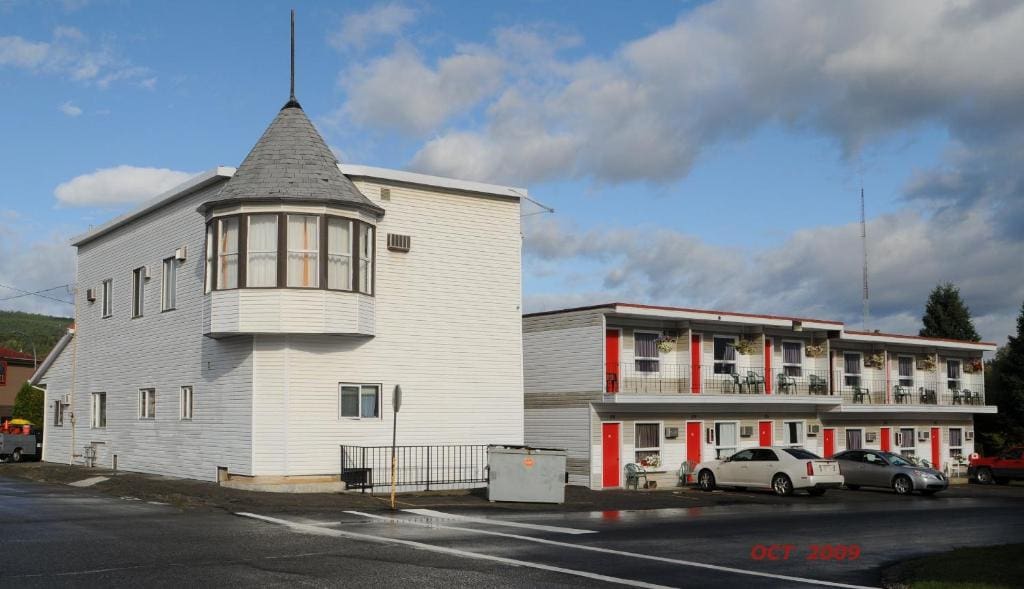
Cupola vs Turret: what are they and what’s the difference?

When we hear the word ‘turret’, images of medieval castles (a la Monty Python) might come to mind. You may also think of those brightly colored, bulbous domes topping a busy Russian city scape.
However, the second one is not a turret, it is a cupola. While we may associate the onion-shaped towers with orthodox churches, they, like many Western architectural elements, have Islamic origins. Cupolas were popular toppers to mosques and other buildings in the 8th century in the Middle East. The ‘onion’ dome traveled to Russia in the 17th and 18th century, while the Moors brought the architectural form to Spain and other parts of Europe, where it became a Baroque-period church fixture.

Cranbrook’s cupola
Cranbrook’s St. Aidan (also spelled Aiden) Orthodox Church is easily recognized by its unusual silhouette, which is marked by its mushroom-shaped metal cupola. The church was designed and built between 1950 and 1953 by local architect/builder George Nakahara and his son Yosh. Its construction is a combination of British Columbian and Ukrainian Lemko Church tradition, with its exterior stucco and stained glass windows. The church exhibits classic 1900s North American Lemko architecture. This Ukrainian style is typified by a long, three-part floorplan and a cupola sitting over the sanctuary. In many Ukrainian Lemko churches, an additional, taller cupola would top the narthex, or the lobby area. Lemko pioneers in North America favored the metal cupola over their tiled predecessors.


Cranbrook’s turret
In architecture, a turret (from Italian: torretta, little tower; Latin: turris, tower) is a small vertical tower that sticks out from the wall of a building, sometimes from the corner. The first use of the word dates back to the 14th century. Turrets appeared on early medieval European castles. Castles arose out of households’ needs for military defense. These fortified residences often featured a series of lookout towers that became known as turrets.
Cranbrook’s main artery, Van Horne Street, boasts the Almo Court Motel and the Cranbrook History Centre across from each other. The name ‘Almo’ has British and Irish roots and suggests characteristics of nobility. Fitting, as medieval noblemen were landowners who often required military protection, and therefore, castle turrets. The Almo’s turret, like St. Aidan’s cupola, is a defining feature of the building.


The study of medieval Irish castles: a bibliographic survey on JSTOR
turret (ontarioarchitecture.com)
St-Aiden-Orthodox-Church.pdf (cranbrook.ca)
Welcome to the new Turret room at the Almo | Kootenay Business (kootenaybiz.com)